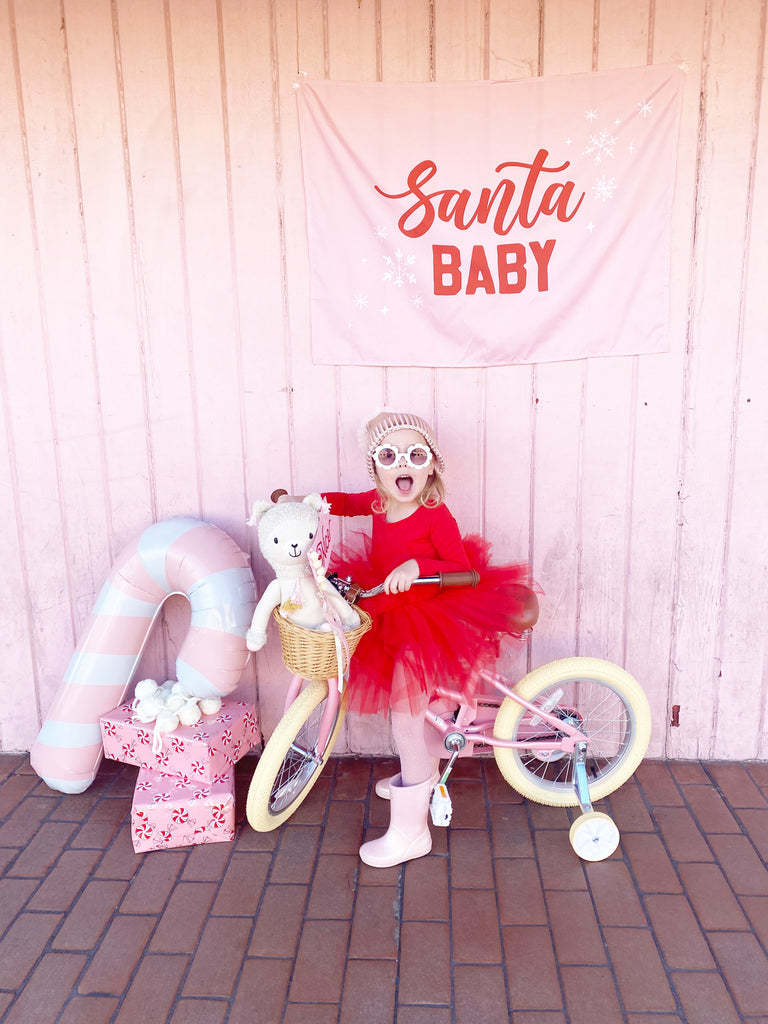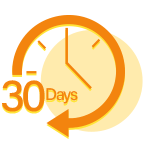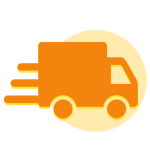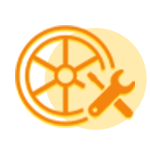The Ultimate Guide To Kids Bike Sizes (And Bike Size Chart)
The number one email question I get in my inbox: “What size bike does my kid need?” Let’s be honest, it’s confusing!
For starters, kids bikes are sized differently than adult bikes (by wheel size rather than frame size). Also, even when we’re talking about a bike with certain size wheels, the standover height and seatpost heights amongst manufacturers can vary drastically.
Finally, while a bike might be advertised for a 5-year-old, some 5 years olds are tiny while others are huge. There’s no way those two kids will be best served by the same bike.
That said, you can figure out the right size bike without trial-and-error, or pulling your hair out. We’ve helped hundreds of parents figure out which size kids bike to get. Here are 3 tips to help you get the right size bike the first time.
1) Know What Wheel Size Your Child Needs
Kids bikes are “sized” by the diameter of their wheels. The tiniest pedal bikes start with 12-inch wheels while bigger bikes go all the way up to 24-inch wheels. When your kiddo is ready for 26-inch, they are generally ready for an adult size ride, although some bike manufacturers make smaller “youth” size 26″ bikes.
Balance bikes, on the other hand, start with wheels as small as 10″ although most balance bikes have 12″ or 14″ wheels.
The best way to start narrowing down which size bike your child needs is to determine which size wheels they PROBABLY need. I say probably because we’re basing it on an age range for kids of average height.
If your child is tiny or super tall, they may need a smaller OR bigger bike than the general range we suggest here. Don’t let that stress you out–this is just a starting point, so get a basic idea of what size wheels your kid PROBABLY needs.
2) Measure Your Child’s Height and Inseam
The next thing to do is to measure your child. Don’t skip this step or guess!
If you’re buying the bike as a gift, you should still be able to ask the child’s parents to measure them for you. Lie and say you’re sewing clothes or something if it must be a secret!
Measure your child’s inseam AND their height. You’ll want to take the measurements in inches (or convert to inches once you’re done). Make sure to write down those measurements and save them for our next step.
3) Look Up the Specs for the Bike (or Bikes) You are Interested In
Just because you think your child probably needs a 14″ bike doesn’t mean that ANY 14″ bike will fit them. Different bikes have different stand-over heights and min/max seatpost heights. It’s best to look for a bike that will provide the BEST FIT for your kiddo.
Not all bike manufacturers list the standover height for their bikes. If they do, however, you should compare it to your child’s inseam.
The standover height is the height of the top tube of the bike frame where your child will be positioned when standing with one leg over each side of the bike. This means that your child’s inseam needs to be AT LEAST as tall as the standover height. Ideally, there will be a little more space than that for your child to maneuver the bike comfortably.

The other stat that you should absolutely look up is the minimum seatpost height for any bike you are considering. How the minimum seatpost height compares to your child’s inseam is dependent on whether you are buying a balance bike, first pedal bike, or a pedal bike for a confident pedaler.
For a balance bike, you want to make sure that the minimum seatpost height is no higher than your child’s inseam length. This allows your child to put their feet flat on the ground, to learn to balance and to scoot.
So if the bike has a 12″ minimum seatpost height, then you need to make sure that your child has at least a 12″ inseam. If not, look for a bike with a smaller minimum seatpost height.
If you are buying your child’s first pedal bike, then you want to make sure again that your child’s inseam is at as long as the minimum seatpost height or no more than 1″ apart. This is because kids who haven’t learned to pedal will want to be able to put their feet flat on the ground. This gives them stability and the ability to “scoot” if they feel so inclined.
If your child already knows how to pedal (sans training wheels), then you can choose a bike with a minimum seatpost height that is 1-3″ higher than their inseam length. This allows your child’s toes to touch the ground but not put their feet flat on the floor.
DO NOT buy a bike that has a minimum seatpost height any higher than 1-3″ longer than your child’s inseam. They will not be able to touch the ground, will struggle to reach the pedals, and are probably going to struggle or get hurt.
There are two ways to look up all information like minimum seatpost heights. Your first option is to go directly to the manufacturer’s website. Any decent brand is going to provide specs for their bikes. If they don’t, don’t waste your time with their bikes.
Some manufacturers have even created special tools to help you pick the correct size bike for your child. Your other option is to use one of our comparison charts. For each child’s bike size, we’ve rounded up a list of some of the best kids bikes and included a comparison chart with this info for you. This is a quick and easy way to see which bikes will best fit your child.
Your other option is to use one of our comparison charts. For each child’s bike size, we’ve rounded up a list of some of the best kids bikes and included a comparison chart with this info for you. This is a quick and easy way to see which bikes will best fit your child.
What To Do When Your Child Is In Between Sizes
It’s pretty easy to choose a bike when your child fits nicely at the bottom end of the recommended height/inseam for a bike. It’s tougher when your kiddo is at the the upper end of the recommended height/inseam for a bike.
When this happens, we hear from lots of parents that they are worried that the bike won’t last very long, and that their child will outgrow it quickly. This is a valid concern, since neither bicycles nor money grow on trees.
If your child is pretty dang close to the next size bike, I generally tell parents to go ahead and size up. This is especially true if your child already knows how to pedal and is a confident rider.
You know your kiddo best. Are they athletic and capable of handling a bigger, heavier bike? Are they going to be confident standing on their tippy-toes or are they going to be scared?
If your child isn’t already a whiz on the bike, then consider staying on the smaller size bike, even if they will outgrow it soon. In this case, you might want to look for a used bike (or borrow a bike from a friend). You can buy an expensive bike several months down the line after they’ve had a bit of a growth spurt and are ready for the next size bike.
Why Size Isn’t The Only Thing That Matters
Yes, size is the first thing to think about when picking out a kids bike but it certainly isn’t the only thing that you should be thinking about. Once you know what size bike your child needs, you should begin thinking about things like weight (this one is a biggy), geometry, brakes, tires, whether or not to use training wheels
































